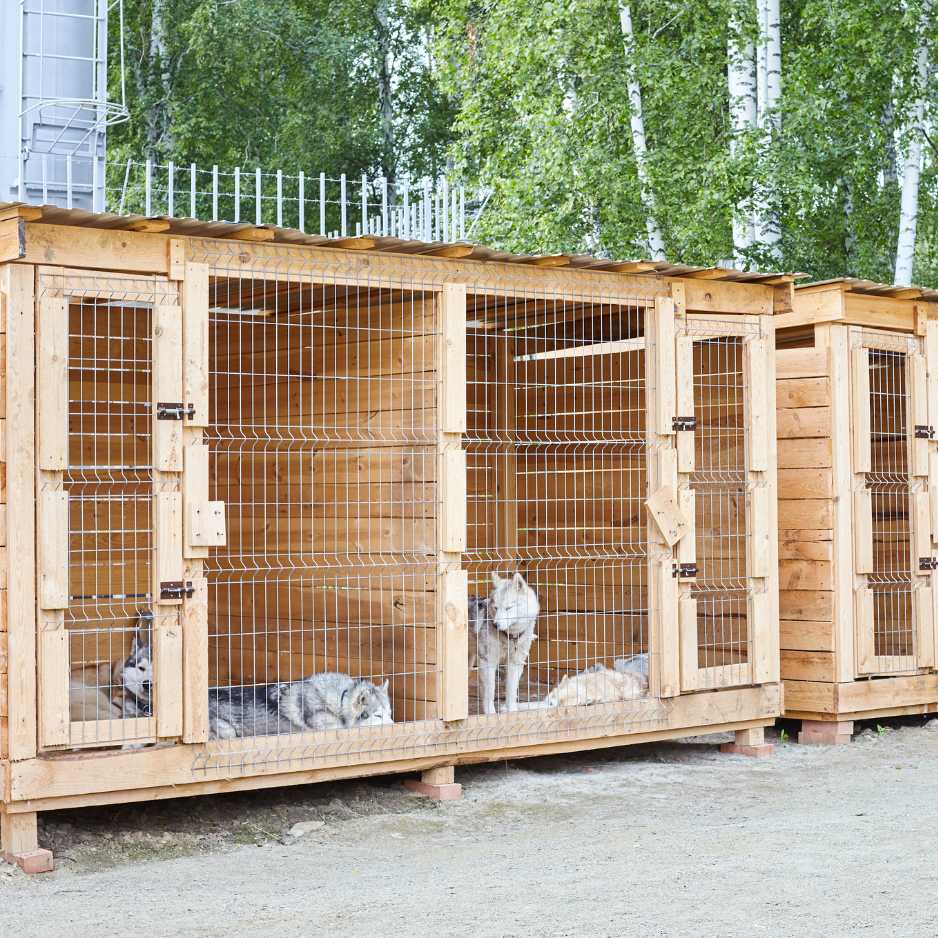Siberian Huskies, with their striking appearance and wolf-like beauty, have become one of the most popular dog breeds worldwide. Their boundless energy, independent nature, and friendly demeanor appeal to many potential dog owners. However, this same charm is contributing to a growing issue: many Siberian Huskies are abandoned by their owners. This alarming trend has raised concerns in rescue communities and animal shelters across the globe. But why do owners abandon these magnificent dogs? The reasons often stem from misunderstanding the breed’s needs and underestimating the level of care required.
Understanding the Siberian Husky Breed
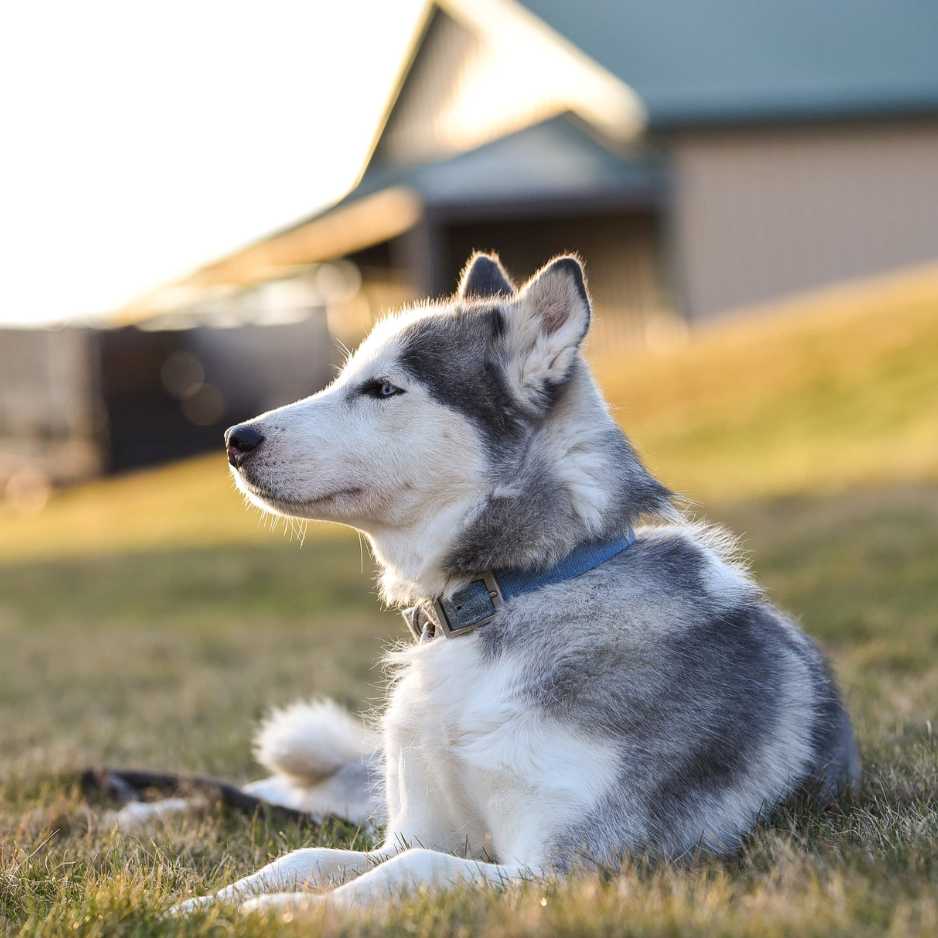
Brief History
Siberian Huskies originated in northeastern Asia, where they were bred by the Chukchi people to pull sleds over long distances. They are natural-born workers, bred for endurance, stamina, and cold weather. Their history as working dogs is an essential aspect of their temperament today.
Physical Characteristics
Siberian Huskies are medium-sized dogs, typically weighing between 35-60 pounds, with thick double coats designed for cold climates. Their striking blue or brown eyes, or sometimes a combination of both, make them stand out. While their appearance is one of the reasons for their popularity, their physical traits also contribute to some of the difficulties in ownership.
Temperament and Personality Traits
Huskies are known for their intelligence, independence, and playful spirit. However, this independence can make them challenging for inexperienced dog owners. They are not the type to follow commands blindly but need consistent, firm, and positive reinforcement training.
Exercise Requirements
One of the most important aspects of owning a Siberian Husky is understanding their high energy levels. They require substantial exercise—both mental and physical—to stay healthy and happy. Without proper stimulation, they can become restless, leading to destructive behaviors.
Common Reasons Why Owners Abandon Siberian Huskies
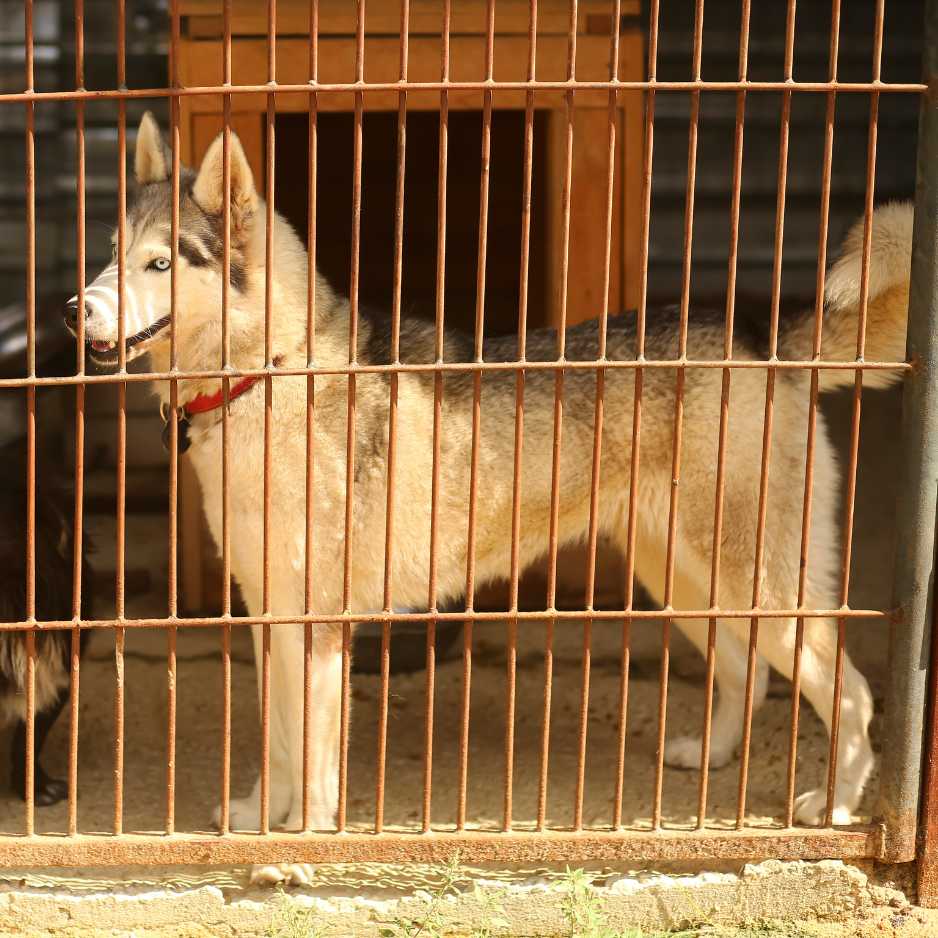
High Energy Levels
Siberian Huskies are incredibly energetic dogs, often requiring hours of physical activity each day. Owners who lead a more sedentary lifestyle or underestimate their dog’s exercise needs may quickly find themselves overwhelmed. When Huskies don’t get enough exercise, they become bored, which leads to destructive behaviors like chewing on furniture or digging up the yard.
Destructive Behavior
Because of their need for stimulation, Huskies often act out if they don’t receive enough attention. Chewing, howling, digging, and even attempting to escape are all common issues for untrained or under-exercised Huskies. This destructive behavior can frustrate owners, leading to them surrendering the dog to a shelter.
Challenges in Training
Siberian Huskies are independent and strong-willed, which can make them difficult to train for first-time dog owners. Unlike some breeds, they don’t thrive on pleasing their humans; instead, they often see themselves as equals. This makes training challenging, especially for owners who are unprepared for the breed’s temperament. Without consistent training, Huskies can become unmanageable.
Not Suitable for Small Apartments
Siberian Huskies are not well-suited for small apartment living. They are a high-energy breed that requires ample space to move around and exercise. Living in a small, confined space can lead to frustration and boredom, making it difficult for the dog to thrive. For owners living in apartments, providing enough exercise and stimulation can be a challenge, leading to behavioral problems and potential abandonment.
Shedding and Grooming
Huskies have a thick double coat that sheds heavily, especially during seasonal changes. Many new owners are not prepared for the level of grooming that Huskies require. The constant shedding can create a mess, and the time commitment needed for regular grooming often comes as a surprise. Some owners are simply unprepared to deal with the high maintenance of their coats and end up feeling overwhelmed.
Escape Artists
Huskies are notorious escape artists. Their adventurous nature, combined with a high level of intelligence, makes them experts at finding ways out of backyards and homes. Huskies can jump high fences, dig under gates, or even open doors if they’re not properly secured. This tendency to escape, often combined with high prey drive, can lead to dangerous situations, such as the dog getting lost or hurt, further frustrating owners.
Not Suitable for Warm Climates
Siberian Huskies are bred for cold climates, and their thick coats make them ill-suited for hot or tropical environments. In areas with warmer temperatures, Huskies are at risk of overheating and require extra care to stay cool. Owners living in warm climates might find it difficult to meet their Husky’s needs, leading to health problems and eventual abandonment.
Financial Burden
Siberian Huskies can be more expensive to care for than some other breeds. Between feeding, grooming, vet bills, and exercise needs, the cost of caring for a Husky can add up quickly. Some owners are unprepared for these expenses and, unable to afford the financial commitment, choose to surrender their dogs.
Impact of Media and Trends
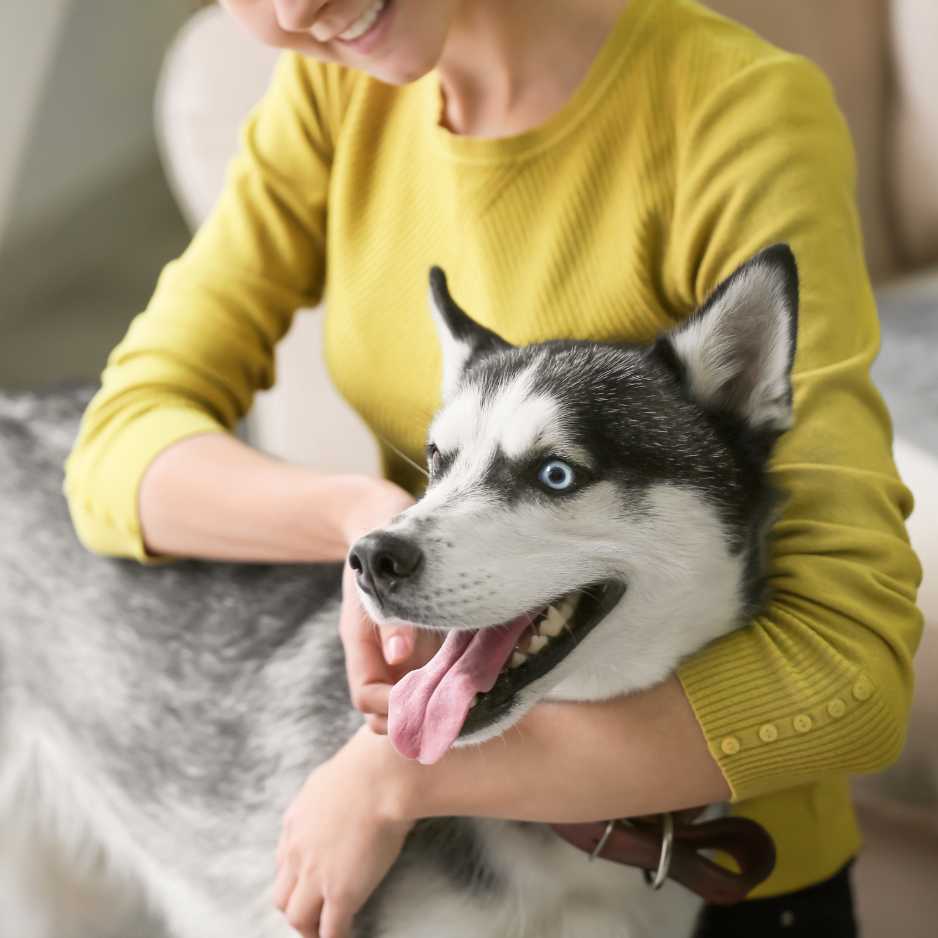
Popularity Due to TV Shows or Movies
The popularity of Siberian Huskies skyrocketed after their appearances in TV shows and movies like Game of Thrones, where they are often mistaken for wolves. This has led to impulse buying by people who are enchanted by the breed’s beauty without fully understanding the level of care they require. Many new Husky owners quickly realize they are unprepared for the commitment, resulting in abandonment.
Unrealistic Expectations
The portrayal of Huskies in media often shows them as obedient and easy-going, which is far from reality. This false expectation can lead to disappointment when new owners find their dog to be more challenging than expected.
The Role of Inexperienced Breeders
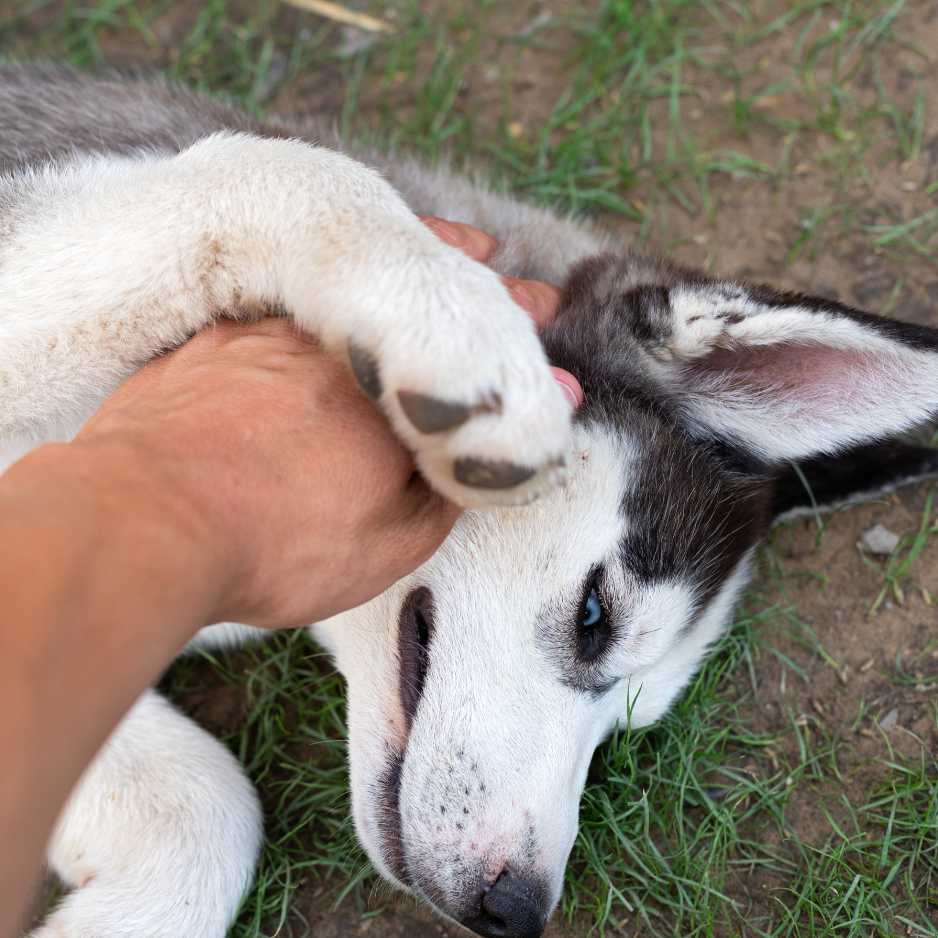
Puppy Mills and Backyard Breeders
Irresponsible breeding practices, such as those from puppy mills or backyard breeders, contribute significantly to the problem. These breeders often prioritize profit over the health and well-being of the dogs, selling Huskies to people without educating them on the breed’s needs. This lack of information leaves owners unprepared for the challenges they may face.
Uninformed Buyers
Many new Husky owners purchase from breeders who fail to inform them of the breed’s exercise, grooming, and training needs. This lack of preparation can result in frustration, ultimately leading to the abandonment of the dog when the owner feels overwhelmed.
Consequences of Abandonment

Overcrowded Shelters
With the rise in abandoned Huskies, animal shelters are becoming overwhelmed. Rescue groups specifically for Huskies have emerged, but they are also stretched thin by the sheer number of dogs in need of new homes.
Emotional and Behavioral Issues
Abandonment takes an emotional toll on dogs. Siberian Huskies, like any breed, can develop anxiety, depression, or behavioral issues due to the trauma of being abandoned. These issues make it even harder for them to find new homes.
Difficulty in Rehoming
Because of their challenging nature, rehoming a Husky can be difficult. Potential adopters may be wary of taking in a breed that is known for being high-maintenance, further complicating the process.
Preventing Abandonment: What Prospective Owners Should Know

Research the Breed Thoroughly
Before adopting or purchasing a Husky, prospective owners should do extensive research to ensure that they can meet the breed’s needs. Huskies are not ideal for everyone, especially those with limited time or space.
Commitment to Training
Training is essential for a well-behaved Husky. Prospective owners should be prepared to invest time and effort in proper training from a young age. Consistency is key to managing a Husky’s independent nature.
Exercise and Mental Stimulation
Owning a Husky means committing to regular exercise and providing mental stimulation to prevent boredom. Without it, behavioral problems are almost guaranteed.
Consult Reputable Breeders or Rescue Groups
If considering getting a Husky, it’s crucial to work with reputable breeders or rescue groups that prioritize the well-being of the dog and provide the necessary information about the breed.
Support for Owners Struggling with Their Huskies

Training Resources
For owners who find themselves struggling, professional dog trainers or online resources can provide valuable help. Early intervention can prevent behavioral problems from escalating.
Husky Communities and Groups
Joining Husky-specific communities, either online or locally, can offer support and advice from experienced owners. These groups can be a great resource for new Husky owners facing challenges.
Rehoming Options
If an owner can no longer care for their Husky, responsible rehoming is a better option than abandonment. Contacting breed-specific rescue organizations or rehoming services can help find a suitable home for the dog.
Conclusion
Siberian Huskies are undoubtedly a remarkable breed, but they are not suitable for everyone. Understanding their unique needs is essential for responsible ownership. By raising awareness of the reasons why Huskies are often abandoned, we can encourage potential owners to make informed decisions before bringing these beautiful but demanding dogs into their homes. Through education, commitment, and responsible breeding practices, we can reduce the number of abandoned Siberian Huskies and ensure that more of them find happy, permanent homes.
Frequently Asked Questions
Are Huskies difficult to train?
Yes, Huskies are known for their independent nature, which can make training challenging. Consistent, positive reinforcement methods work best.
What are the exercise needs of a Husky?
Huskies require at least 1-2 hours of exercise daily. They thrive on activities like running, hiking, and mental challenges.
Can Huskies live in warm climates?
While Huskies can adapt to warm climates, they require extra care, including access to air conditioning, fresh water, and limited outdoor time in extreme heat.
How can I prevent my Husky from escaping?
Ensure your yard is secure with high fences and supervise your Husky when outdoors. Huskies are known escape artists, so precautions are necessary.
What should I do if I can no longer care for my Husky?
Contact breed-specific rescue groups or rehoming services to find a suitable new home for your dog. Avoid abandoning them, as this can have severe emotional and behavioral consequences for the dog.



